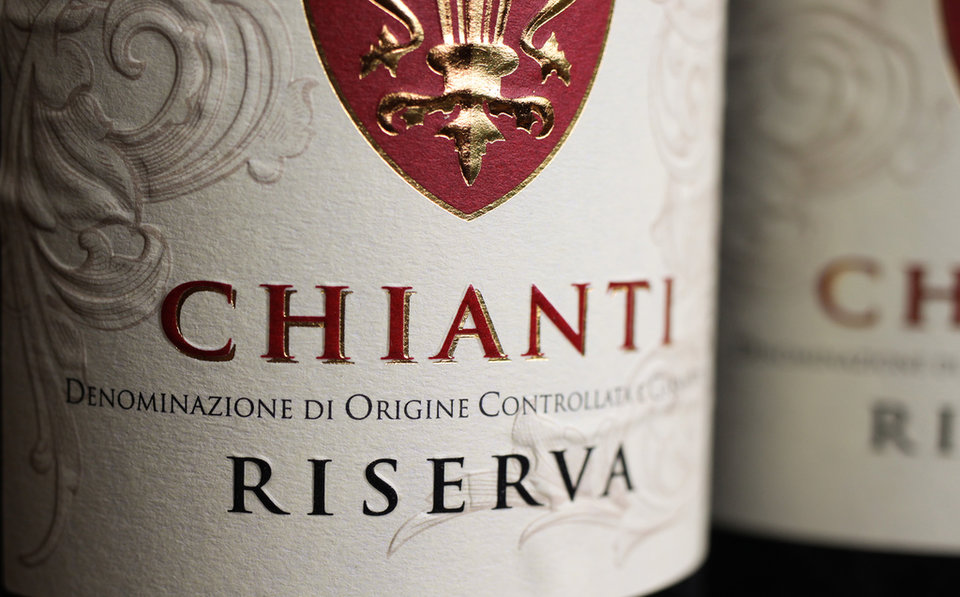Labelling
Designing product labels for today’s digital shopping habits
As consumer shopping habits lean further towards digital channels, Ian Axelsen, business development manager at labelling specialist AA Labels, believes the time is right for brands to start adapting packaging for digital audiences


S
hopping habits have been altered massively as a result of the pandemic. Data from the UK’s Office for National Statistics shows that e-commerce’s proportion of total retail sales in the country is now at 27.9%, a rise on 2019’s 21.8%.
It is the most agile brands that have succeeded during the accelerated shift to e-commerce, such as those within the beauty sector, which other industries can look towards to adapt their packaging and grow their online presence.
While high-quality products are essential, the way they are presented plays a key role in how visible they become on digital platforms. Designing product labels that leap off the digital shelf is very different to creating products for in-store shopping, as online buyers look for other cues. How a product looks on-screen should be a high priority in the design process.

Ian Axelsen
Be willing to spend big on packaging
In beauty, branding is as important as the product. The top beauty brands on Social Media, such as Huda Beauty and Kylie Cosmetics, demonstrate prestige via hot foil label embellishments, alongside embossing and debossing. These techniques add to a product’s coveted status while conveying brand messaging and storytelling.
The most successful beauty brands share many similarities across their branding and labelling, in order to create detailing that can be conveyed online to increase the shareability of their products.
It’s all me, me, me
The Coca-Cola Co led the way in personalised labelling back in 2013 with the launch of its ‘Share a Coke’ campaign. Replacing its iconic logo with popular christian names helped sell around 150m bottles, underlining the untapped potential of making packaging part of the overall shopping experience.
Research from Deloitte’s consumer review, ‘Made-to-Order: The Rise of Mass Personalisation’, also provides valuable insight; consumers are willing to pay more for personalisation. In the review’s survey, one in five consumers who expressed an interest in personalised products or services said they’d be prepared to pay a 20% premium.
Getting influencers on-board
Beauty brands are also the ones to watch when it comes to user-generated content (UGC). Photogenic and Instagrammable packaging plays a significant role in making products sharable via unboxing videos and product reviews.
Utilising packaging that is part of the user experience is key to leveraging UGC and incorporating it into your brand strategy. According to Dotcom Distribution, 60% of consumers would share product images on Social Media if they believe the packaging looks good.
Look good, feel good
In 2020, Instagram users in the UK alone increased to 30.9m, from 24m in 2019. Worldwide users of TikTok grew in the same period by just over 85%. Social Media is now the main method for reaching new audiences, so consideration must be given to how products are presented.
Brands can adapt for digital audiences by using tactile packaging, where effects that add texture to labels or boxes can be used to deliver real, on-screen impact.
Strengthening your consumer bond
Incorporating QR codes into label designs is also a simple and affordable way to increase engagement. These can be used to personalise special offers or upsell with discount codes. Or, there’s the tried-and-tested presenting of additional information through images and videos.
QR codes can be created quickly and often free of charge by labelling providers. By using them to offer the consumer more than they would expect, businesses can grow their customer base and increase brand loyalty.
Main image credit: Ralf Liebhold / Shutterstock.com